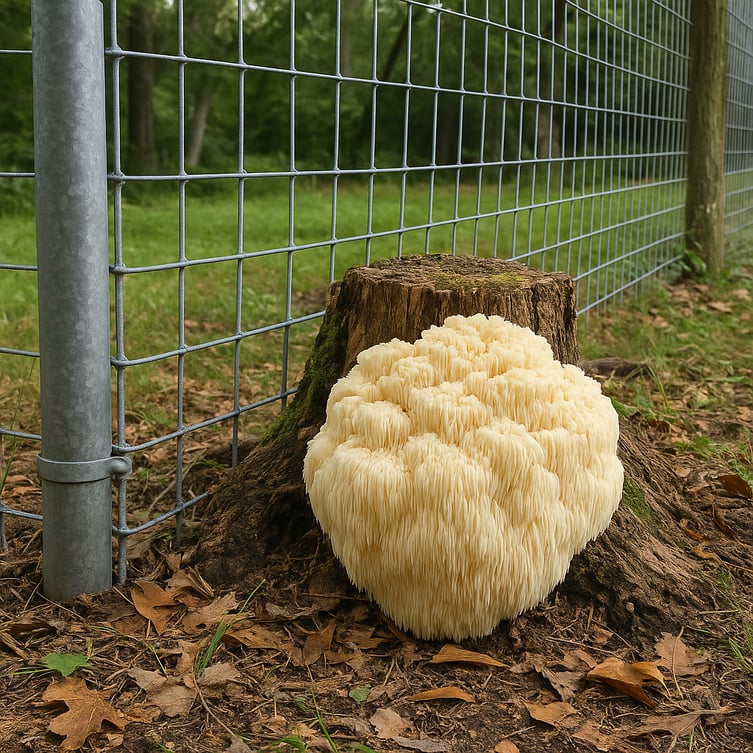aBampy Turned Everything Up a Notch or Two 
Bampy Turned Everything Up a Notch or Two
Yesterday, as I played with my grandchildren, we immersed ourselves in one of their fantastic imaginary worlds. Daddy was building a holder for the round bales of hay, and the kids turned it into a house complete with a slide and garage. It was pure joy.
Then something magical happened—Bampy, their grandfather, came outside and joined the fun. That’s when everything came alive! The game became so much more animated, filled with laughter, excitement, and joy. We started a game of Frisbee, then Duck, Duck, Goose, and the chase began. There were loud squeals of delight, some bruises, and hurt feelings, but Bampy kept the game going. There was something about having him, a man, involved in the play that made everything more dynamic, more exciting, and just so much more fun.
The Vital Role of Men
It made me reflect on the vital roles men play in our society. Whether as fathers, grandfathers, mentors, or leaders, men provide strength, guidance, and protection in ways that enrich and support the people around them. They contribute a sense of adventure, structure, and dependability that shapes families, businesses, and communities alike. Their involvement is crucial—not just in the big moments but also in the small ones, where they can make the ordinary extraordinary.
Making the Ordinary Extraordinary
Let’s remember that sometimes, all it takes is for one person to step in, and suddenly, what seemed like ordinary moments become extraordinary. That’s something we see time and again here at Louis E. Page.
Our VP of Sales, Jeff, often plays that role for our customers. Engineers may sometimes specify products that aren’t manufactured or are impossible to source. Jeff steps in, bringing the expertise of our manufacturing partners to the table to find the best alternative to meet the engineer’s vision. His involvement is crucial to ensure customer satisfaction and deliver the solutions that work for each unique project.
Expertise for Your Projects
For your larger projects, Jeff is typically the one to work with. Call Terry at 978-486-3116 (Tap to Call), and she will connect you directly to Jeff.
We’re here to ensure your fencing needs are met with care, precision, and the right expertise.
Kind Regards,
Debbie Page
CEO, Louis E. Page Inc – Woman-owned business and Family-owned since 1893. (131 years of continuous service through 2 world wars and 2 pandemics.)
P.S. Let’s make your fencing project extraordinary—just like Bampy made our playtime unforgettable!








